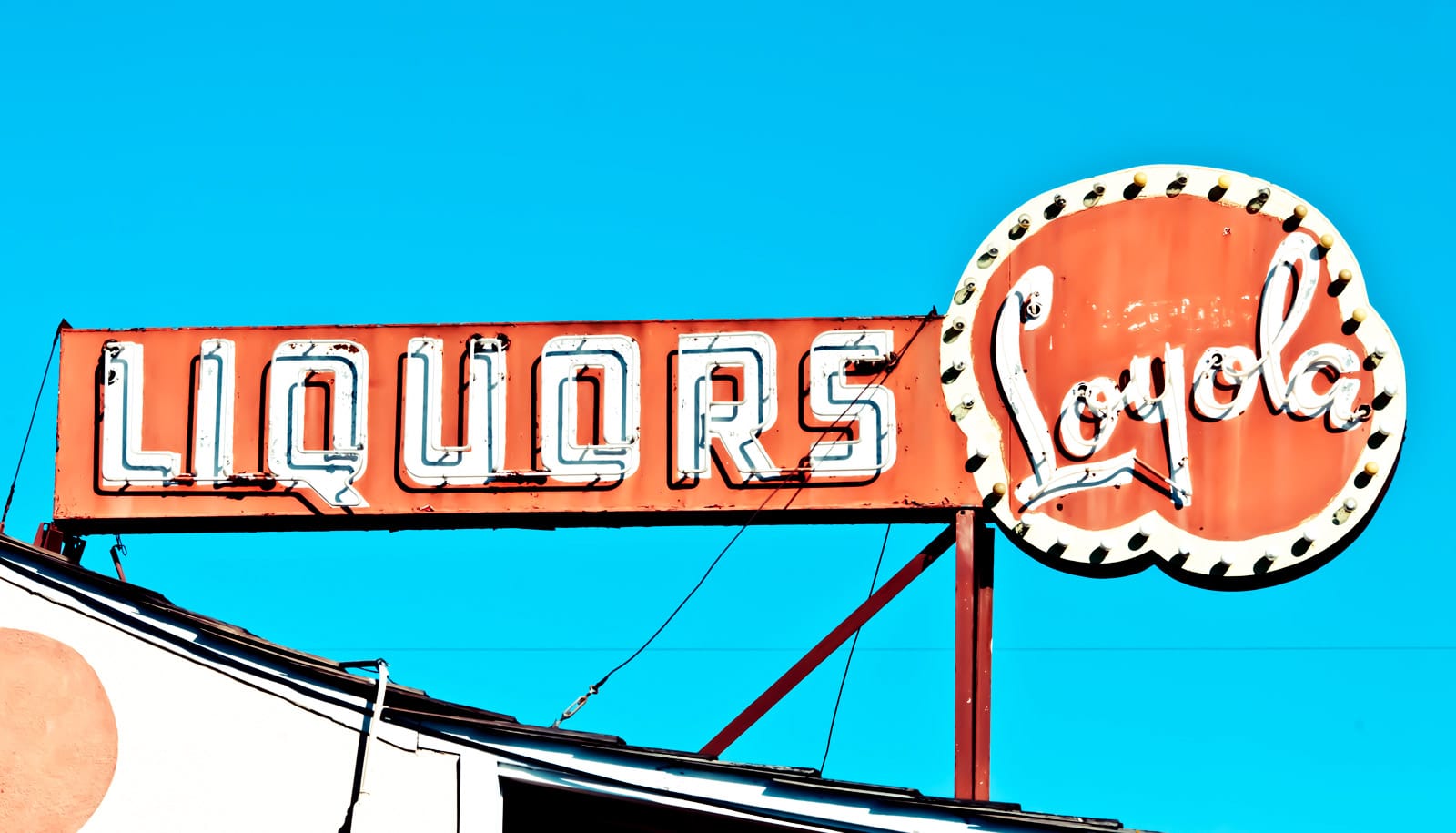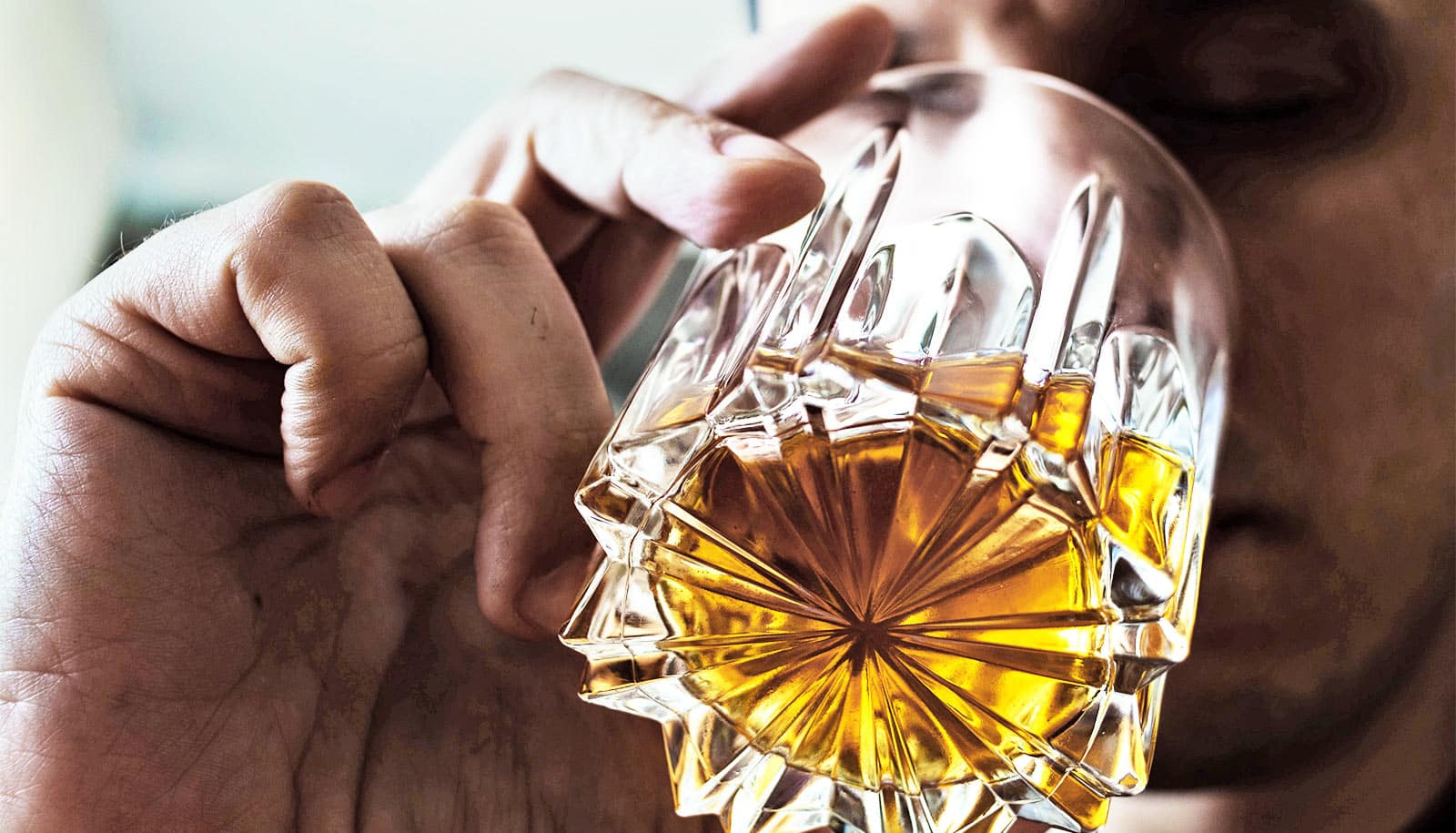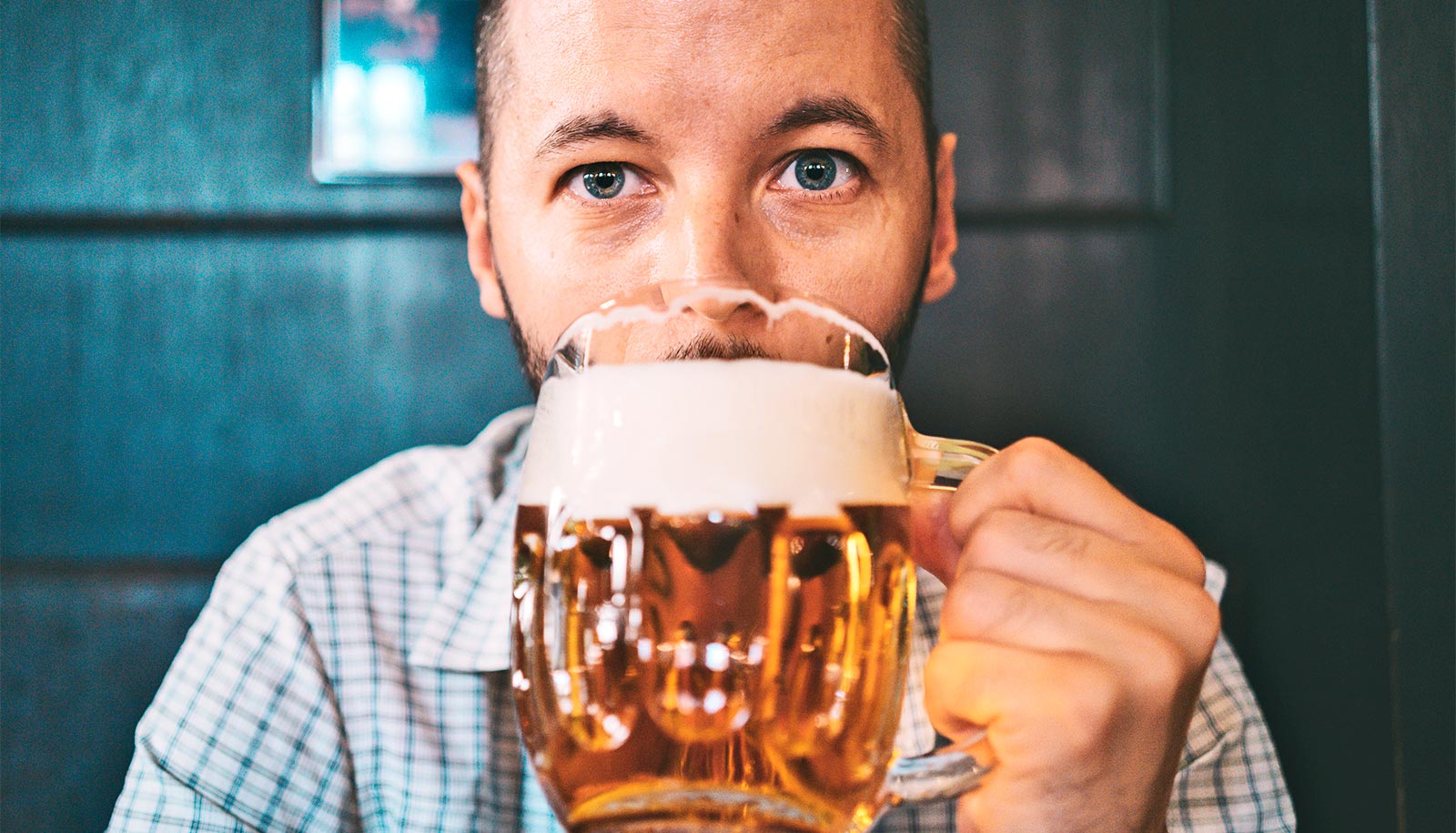A neighborhood with more poverty and disorganization may play a greater role in problem drinking than the availability of bars and stores that sell hard liquor, new research shows.
While there is evidence for the link between neighborhood poverty and alcohol use, the new twist—that socioeconomics are more powerful environmental factors than even access to the substance itself—suggests that improving a neighborhood’s quality of life can yield a range of benefits.
“Is there something about the neighborhood itself that can lead to problems? As we learn more about those neighborhood factors that are relevant, then this might point to population-level strategies to modify or improve the environments where people live,” says Isaac Rhew, a research assistant professor in the department of psychiatry & behavioral sciences at the University of Washington.
A common way to think of such broader changes is the “broken windows” theory of maintaining neighborhoods to deter crime. In other words, implementing programs, services, or clean-up efforts to improve a neighborhood could help attain another goal: reducing problem drinking.
Liquor stores and the neighborhood
In examining the combination of multiple neighborhood factors on alcohol use, the researchers turned to an ongoing research study of adults the university’s Social Development Research Group has followed for decades. They interviewed more than 500 of the adults in the study, who were first identified as fifth-graders in Seattle elementary schools and now live throughout King County. In this neighborhood study, 48 percent of participants were women; people of color made up nearly 60 percent of respondents.
Researchers determined the US Census Block Group (a geographic area of roughly 1,000 people) of each participant’s residence, along with demographic data tied to that area and the number of locations that sold hard alcohol there. Participants also answered a series of questions about their alcohol consumption and their perceptions of their neighborhood.
This information allowed researchers to classify neighborhoods according to poverty level, alcohol availability (location of bars and liquor stores), and “disorganization,” which included factors such as crime, drug selling, and graffiti.
Methadone clinics don’t cause a spike in crime
The ability to consider a number of neighborhood characteristics simultaneously and to identify patterns of how these characteristics grouped together to form distinct neighborhood types made this study different from others that might focus on the impact of, say, poverty alone, Rhew says.
Organized communities
And while poverty and disorganization often are assumed to go hand-in-hand, that’s not always the case, adds study coauthor Rick Kosterman, a research scientist in the University of Washington School of Social Work.
A socioeconomically disadvantaged neighborhood might also be highly organized, with strong leaders, a sense of identity and various programs and services for residents. At the same time, a low-poverty neighborhood might be highly disorganized, with a lack of resources or sense of community, or a few streets with more trouble than others.
In this study, researchers found that residents of neighborhoods primarily characterized by high poverty and disorganization tended to drink twice as much in a typical week as those in other types of neighborhoods. Binge-drinking—generally defined as more than four drinks at a time for women, five for men—occurred in these high-poverty, highly disorganized communities about four times as frequently as in other types of neighborhoods. These findings are consistent with previous research indicating that people in lower income neighborhoods may be at greater risk for alcohol-related problems, Rhew says.
What’s different, Rhew and Kosterman agree, is the fact that neighborhoods characterized by greater alcohol availability showed no increased alcohol use among residents—suggesting that socioeconomic factors may pose a greater risk for substance abuse.
Neighborhood ‘walkability’ can boost your health
“On its face, the connection between poverty and disorganization and alcohol use may not be all that surprising, but when you find that this connection may be even more important than the location of bars and liquor stores, then it’s those characteristics of a neighborhood that we want to pay attention to,” Kosterman says.
The researchers point to an important change that has occurred since their original data was collected: the passage of a state law in 2011 privatizing liquor sales. The availability of liquor went from a little more than 300 state-run stores to some 1,500 pharmacies, grocery stores, and warehouse clubs.
“People who utilize the outlets aren’t just people from the neighborhood. We see stronger evidence of the link between where alcohol is sold and other problems such as violence, crime, and drinking and driving, but not necessarily consumption,” he adds.
The ability, thanks to recent funding, to overlay neighborhood data with the longitudinal Seattle Social Development Project—the study of 808 individuals begun in 1985—presents opportunities for future analyses of a variety of behaviors and circumstances, the researchers says.
The study appears in the Journal of Urban Health. The other coauthor is Jungeun Olivia Lee at the USC School of Social Work. The National Institute on Drug Abuse supported the work.
Source: University of Washington



